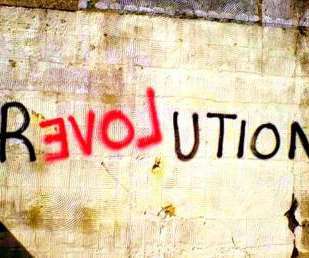The ongoing revolution in philanthropy: An open-ended reading list
Deborah Elizabeth Finn
NOVEMBER 25, 2019
Deciding Together Shifting Power and Resources Through Participatory Grantmaking. Empowering Communities: Participatory Grantmakers Say We Must Go beyond Feedback. As Distrust in Big Philanthropy Grows, Here’s How Leading Foundations Are Demonstrating Their Value. Survey: Nonprofits Struggle with Demonstrating Outcomes.












Let's personalize your content